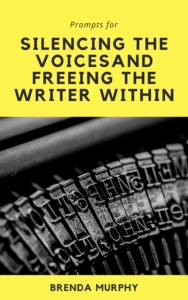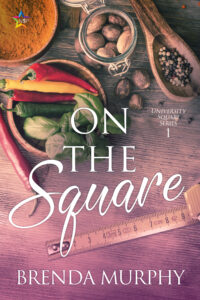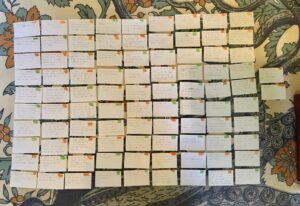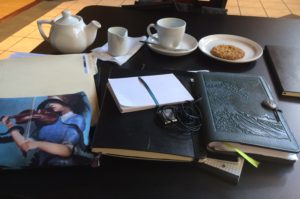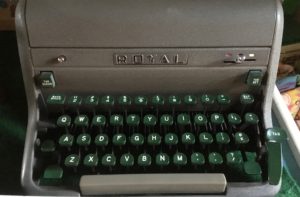
I’m back after a nice long winter break. I took the time to think about my life. That is Life with a capital L. I had time to do the kind of thinking that leads me to consider deeply how I want to spend my time. I spent a thoughtful morning reviewing my calendar and goals.
While I met most of my writing goals, my photography and art goals were not met. My health goals were mostly not met and my intentions to spend more time with my kids and wife were glaringly missing from my calendar. And I was frustrated by the amount of time I spent attending to social media.
After talking with other writers, and creatives the biggest reason we all feel compelled to push ourselves to burn out is the rate that writers and other creatives are encouraged to produce art and content. Authors are encouraged to release books every quarter, to post every day to multiple social media sites and don’t forget to get your newsletter out every week and add free stories and novels to your website.
The pace is not tenable. Art takes time, time to think, to be with yourself, time to create. To be clear, I’m not talking about lazing about waiting for the muse to show up. I’m talking about taking the time to develop your art versus making content. After conversations with other authors and artists, I don’t think I’m alone in my frustration to find a balance between creating art and content.
What is the difference between art and content? A blog post is content, a tweet, a post on Facebook, or Instagram, or Twitter is content. The idea of giving your fans a peek at the creative process is part of creating content, and it does serve a purpose because without fans, who would buy our work?
I’m an artist and maker. I love to create, to write stories and tell them, I love to make mixed media pieces, I love to take photographs and share them, and I love blogging. I am most happy when I am working on a new story or attempting to capture the perfect light in a photo, or slathering paint on a project. The catch in all of this is there is a difference between creating art and creating content and only twenty-four hours in a day.
And, we need to give ourselves time to produce our work and permit ourselves to take time off of the social media merry-go-round. We need to make our art without censoring ourselves, to free ourselves of the idea that we need to be present 24/7/365. We need to be free to be sloppy, messy, and experiment without worrying about how to take the best photo of our half-finished work.
Instead of pushing ourselves to meet someone else’s schedule of production and content marketing, we need to find a healthy pace for ourselves. Releasing a book or turning in a manuscript every three months is may be possible for some, but for me, it is not.
Understanding and accepting your pace is key to survival long-term as an artist. It is madness to try to keep up with a pace that is not our own and the sure way to burn out. Currently, I take at least two 24 hours of phone/social media/screen breaks a month and one full weekend. Last summer, I took a full two weeks off-grid. It was amazing and magical and freeing. And it reminded me that nothing that can be handled by email or text is genuinely urgent, important maybe, but not urgent. I remembered how to be present for the people around me and not worry about whatever was going on elsewhere.
I was so refreshed and had so many ideas for new projects it was miraculous. I plan on doing more off-grid time this summer. After my experience with off-grid time, and inspired by artist Johanna Basford’s six-month social sabbatical, I am contemplating the same.
I know some of you think, ‘ugh I can’t do that, my fans will go away, they won’t come back,’ but you know what? They will. They will wait and be excited when you return with new art for them, especially if you explain why you are taking a break and let them know when to expect you back.
Consider this an invitation to disconnect, take back your time, and get back to the messy, exuberant, joyful world of creating your art without an audience.
Brenda Murphy writes short fiction and novels. She loves tattoos and sideshows and yes, those are her monkeys. When she is not loitering at her local tea shop and writing, she wrangles two kids, one dog, and an unrepentant parrot. She reviews books, blogs about life as a writer with ADHD and publishes photographs on her blog Writing While Distracted.
You can find her on Facebook by clicking here. Sign Up for her email list and receive a free erotic short story HERE Check out more information about her upcoming releases and appearances at www.brendalmurphy.com
Books available at
Amazon
NineStar Press
Double Six
Complex Dimensions
Knotted Legacy
Both Ends of the Whip
ONE
Sum of the Whole
Dominique and Other Stories
